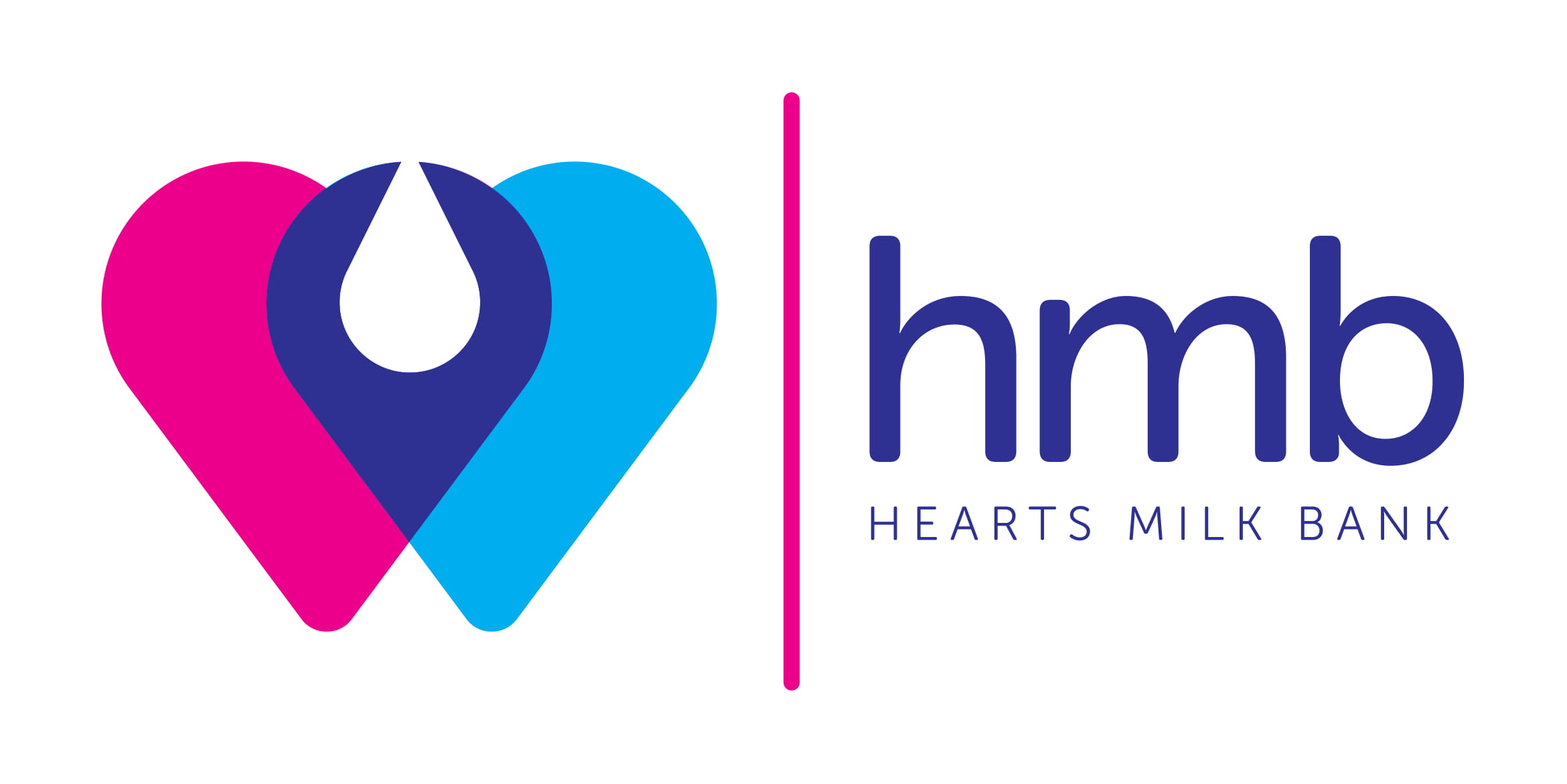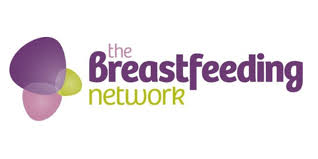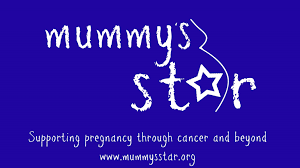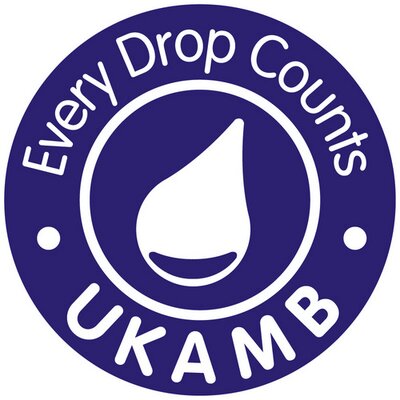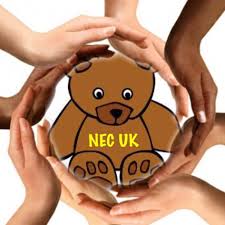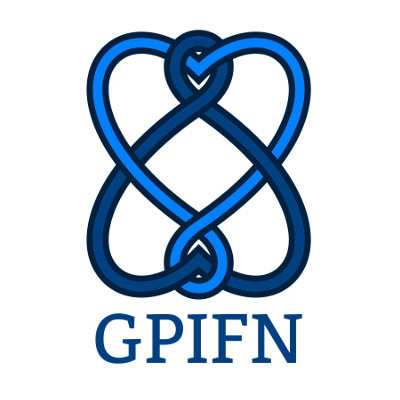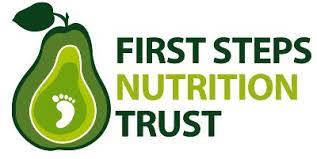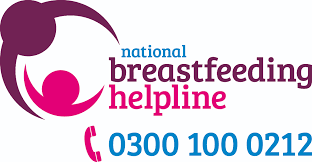Donor human milk used to be readily available in every hospital to feed sick babies, or babies whose mothers needed time to establish their own supply. The discovery in the 1980s that HIV could be passed through milk led to donor screening, bacteriological testing and pasteurisation becoming the gold standard of safety. However, this brought in costs that many health services have been unwilling to bear. The development of preterm formulas during the 1980s and 90s, marketed to provide clinicians with standardised feeds, dealt the final blow to any renaissance of donor milk provision. In the UK, only six milk banks existed at the start of the 1990s.
Screened donor milk has therefore been viewed in most countries for over 30 years as a precious resource, and rationed accordingly. In the UK, if donor milk is offered as an option to parents with babies in hospital, it is usually only for babies born less than 32 weeks of gestation, or weighing less than 1.5 kg.On this basis, only around 7000 babies would be eligible to receive NHS-funded donor milk each year. There are around 700,000 births in the UK each year.
By this accident of history, donor milk is now seen as the ‘intervention’, rather than the normal option for feeding or supplementing mother’s milk. This is despite evidence that, when used appropriately with support of the mother to establish her own supply, more women will go home from the NICU breastfeeding their baby and the risk of multiple health complications can be reduced.
Part of the work ahead is to shine a light on this issue. That is why we are proud today to share a newly published article from a unique milk bank in South Africa, which provides screened donor milk to an orphanage in Durban. This report summarises their experience over the last 16 years, and highlights the following key points:
1) Babies with complex and sometimes severe health conditions, including HIV/AIDS, survived having been fed exclusively with donor milk at the orphanage.
2) All babies grew well on donor milk, and were neither stunted nor failed to thrive. A common perception is that donor milk provides insufficient nutrition, having been altered by pasteurisation and freezing, and yet this was not found in this case series or the broader experience of the orphanage.
3) Children fed with donor milk appeared to be protected from diarrhoeal disease, atopic dermatitis and opportunistic infections.
To find out more, please read the whole article (open access in the International Breastfeeding Journal) here.
With your support, we can change the current situation in the UK so that every vulnerable baby can receive human milk.
Authors: Penny Reimers, Gillian Weaver, Dr Natalie Shenker, Professor Anna Coutsidis

